





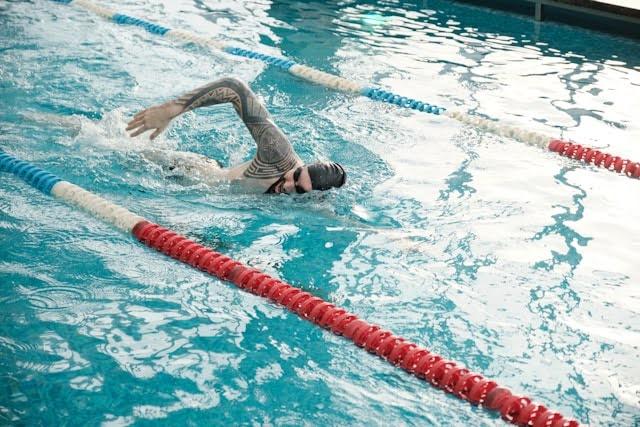
Swimming is a fantastic activity that offers numerous health benefits and allows you to enjoy the water in a unique way. Among the various swimming strokes, freestyle swimming, also known as the front crawl, stands out as the most popular and efficient stroke. Mastering the art of swimming freestyle not only improves your technique but also helps you swim faster and with more confidence in the water.
Freestyle swimming, also known as the front crawl, is the most common stroke used in competitive swimming and is often the first stroke beginners learn. It involves swimming on the surface of the water with a continuous alternating arm movement and a flutter kick. The arm movement begins with the hand entering the water in front of the head, followed by a catching and pulling, then recovering movement. Proper arm movement is crucial for an efficient and effective freestyle stroke.
Efficient freestyle swimming relies on mastering key stroke components: arm movements, arm recovery, and leg kicks.
Leg kicks push the body forward; with flutter kicks, quick, small kicks just below the water's surface are key. Keep legs straight and relaxed for added propulsion and stability, coordinating arm movements with leg kicks for an efficient stroke.
Preparing to Swim Freestyle
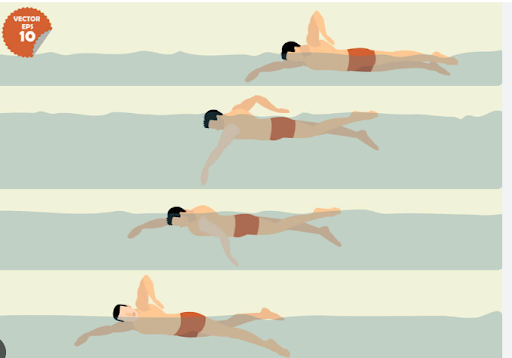
Before diving into the water and practising freestyle swimming, it's important to prepare yourself and gather the necessary equipment. Familiarise yourself with the freestyle swimming technique, including the proper form and body position. Additionally, invest in essential equipment such as swim goggles, a swim cap, and comfortable swimwear. These items will not only enhance your swimming experience but also provide the necessary protection and visibility in the water. With the right preparation and equipment, you'll be ready to dive into the world of freestyle swimming.
When training for freestyle swimming, having the correct equipment is vital. Swim fins are crucial as they enhance propulsion and strengthen leg muscles. They also aid in focusing on the freestyle kick and maintaining proper form. Goggles are essential for protecting eyes and ensuring clear visibility underwater. Additionally, a swim cap can assist with streamlining and reducing water resistance. By investing in the right equipment, you'll be able to enhance your training and improve your freestyle technique.
When it comes to training for freestyle swimming, you have the option to practise in a pool or in open water, each offering unique benefits.
Swimming in a pool provides a controlled and safe environment, with adjustable water temperature and depth, along with easily measurable distances and walls for push-offs and turns. Conversely, swimming in open water, such as a lake or the ocean, presents different challenges like navigating currents, waves, and varying water temperatures, while also offering a larger surface area for longer swims.
For your safety, it's important to consider your experience level. Beginner swimmers may benefit from starting in a pool environment before transitioning to open water. However, for experienced swimmers, training in open water can offer valuable experiences and challenges that enhance overall swimming abilities.
Whether you choose to train in a pool or open water, both options can help improve your freestyle swimming skills.
For beginner swimmers or those trying freestyle for the first time, beginning with the basics and prioritising water safety is crucial.
Before entering the pool or open water, acquaint yourself with fundamental water safety rules and techniques. This involves grasping proper breathing techniques and learning how to stay afloat. Start by practising in shallow water, gradually advancing to deeper areas as your confidence grows. Remember to proceed at a comfortable pace and be patient with your progress. With regular practice and appropriate guidance, you'll soon develop comfort and confidence in your freestyle swimming skills
To master freestyle swimming, it's important to break down the stroke into its individual steps. Here's a step-by-step guide to freestyle swimming:
Take a deep breath before submerging your face in the water.
As you rotate your head to the side, exhale gently through your mouth.
Inhale smoothly and quickly when your mouth clears the water.
Practice proper timing by coordinating your breathing with your arm strokes.
Focus on exhaling underwater and inhaling above the water to maintain a steady rhythm.
Remember to take your time and practice in a controlled environment until you feel comfortable and confident with your breathing technique. With consistent practice, proper breathing techniques will become second nature, enhancing your overall freestyle swimming experience.
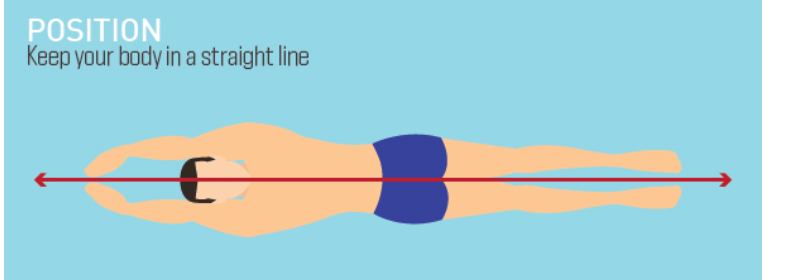
A balanced body position is essential for efficient freestyle swimming. Here are some tips to help you develop a balanced body position:
Keep your body in a straight line from head to toe, minimising drag in the water.
Maintain a horizontal body position, with your hips and legs near the surface of the water.
Avoid excessive lifting of your head or dropping your legs, as this can create drag.
Engage your core muscles to stabilise your body and maintain proper alignment.
Practice body rotation to distribute the workload evenly between your arms and legs.
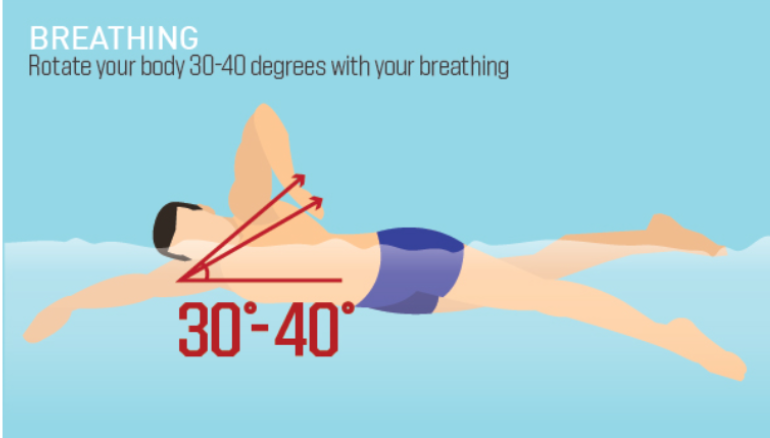
The freestyle kick is an important component of efficient freestyle swimming. Here are some tips to help you perfect your freestyle kick:
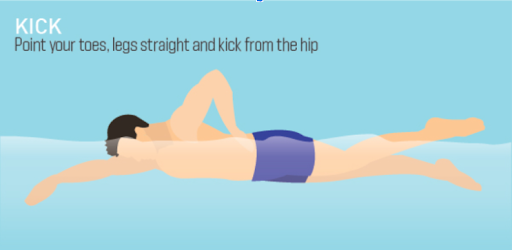
The arm stroke is a fundamental part of the freestyle swimming technique. Here are some tips to help you perfect your arm stroke and coordination:
By practising and perfecting your arm stroke and coordination, you'll be able to swim with more power and efficiency, enhancing your freestyle technique.
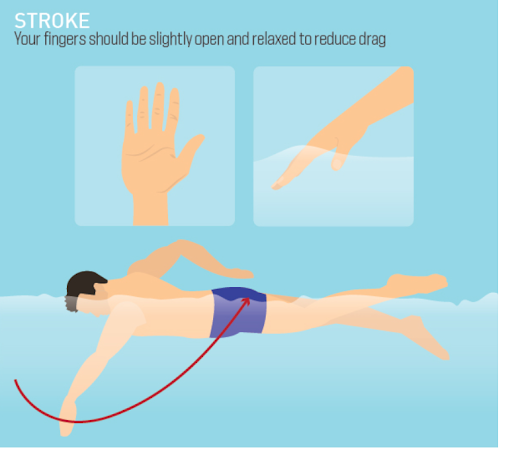
Integrating the head turn for breathing is a crucial aspect of efficient freestyle swimming. Here are some tips to help you master this technique:
Enhancing Your Freestyle TechniqueOnce you have mastered the basics of freestyle swimming, you can focus on enhancing your technique to swim faster and more efficiently. Here are some tips to help you enhance your freestyle technique:
To improve your speed and endurance in freestyle swimming, incorporating specific drills into your training can be highly beneficial. Here are some drills to consider:
Incorporating these drills into your training sessions can help you improve your speed, endurance, and overall freestyle technique.
Consistency is key when it comes to improving your freestyle swimming technique. Here's why consistent practice sessions are important:
Builds muscle memory: Regular practice helps your body become familiar with proper form and technique, allowing you to swim more efficiently.
Improves endurance: Consistent training sessions help build stamina and increase your overall endurance in the water.
Refines technique: Regular practice allows you to fine-tune your freestyle technique, focusing on specific aspects that need improvement.
Enhances performance: By consistently challenging yourself and pushing your limits, you can take your swimming to the next level and achieve long-term improvement.
Remember that progress takes time and dedication. By committing to consistent and regular private swimming lessons, you'll be able to see significant improvements in your freestyle swimming over time.
Freestyle swimming can pose challenges, even for experienced swimmers. Here are some common challenges and effective ways to overcome them:
Overcoming breathing challenges in freestyle swimming:
Water resistance can be a challenge when it comes to freestyle swimming, but there are ways to improve your streamline and reduce drag. Here are some tips to help you overcome water resistance and improve your swimming technique:
By focusing on your body position, arm technique, and incorporating streamline drills into your training, you can reduce water resistance and swim with greater ease and efficiency.
Mastering the freestyle stroke is a journey of technique, practice, and perseverance. Understanding the basics, perfecting your form, and consistent training are key to excelling in this swimming style. Embrace drills to enhance speed and endurance, overcome challenges like breathing techniques, and focus on improving your streamline. Remember, progress takes time and dedication, so be patient with yourself as you embark on this rewarding skill. You can also join us for swim lessons for adults.
How Often Should Beginners Practice Freestyle Swimming?Beginners should aim to practice freestyle swimming at least two to three times a week. Start with short distances and gradually increase the duration and intensity of your training. Regular intervals of practice sessions are important to build endurance and improve your technique. The frequency and duration of practice may vary depending on age group and individual goals.